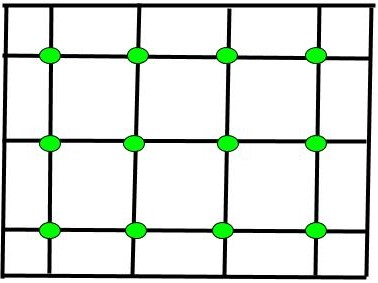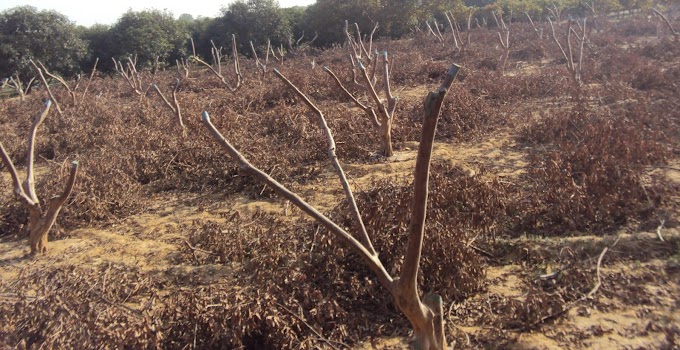 |
| Cytokinin |
Cytokinins are the plant hormones stimulating plant growth by cell division (cytokinesis) and are also called phytokinins. The discovery of cytokinins came from research on tissue culture. Miller isolated the first cytokinin from herring sperm in 1955 and first naturally occurring cytokinin from corn in 1961. Miller and his associates working on tobacco pith culture observed stimulation in cell division when pith tissue was treated with the degraded product of DNA of herring sperm whereas treatment of tissues with fresh DNA produced a negative result. As the substance caused cytokinesis in pith cells, it was named ‘kinetin’ which was chemically 6-furfuryl aminopurine. Later on, all cell division causing substances including adenine, purine and kinetin were assigned generic name ‘Kinins’ but soon after, all substances of plants causing cell division were renamed as cytokinins to avoid the confusion with the word ‘kinin’ already used in zoology. The natural and synthetic both types of cytokinins have been identified so far. Natural cytokines are Zeatin, isopentyl adenine, cis-zeatin, dihydrozeatin, dimethylallyl adenine (DMAA), methylthiozeatin, ribosylzeatin, Zeatin riboside and Zeatin glucoside. Zeatin is the first natural cytokinin extracted from Zea mays plant. The synthetic cytokinins are synthetic chemicals such as adenine, Kinetin, 6-benzyl amino purine (benzyl adenine or BA), diphenylurea, pyranylbenzyl adenine (PBA), ethoxyethyl adenine and chlorodiphenyl urea.
Occurrence: Cytokinins are found both in free and as constituents of tRNA of higher plants, algae, yeasts, bacteria and mosses. The root tips, shoot tips, developing fruits, xylem sap, germinating seeds and tumour tissues of higher plants are the good sources of cytokinins. The root tip contains more cytokinin than other tissues of the root. It is synthesized in root tips and moves upward through xylem cells. The cytokinin concentration increases before flowering and decreases during senescence of plant organs. Its concentration also lowers in resting buds than the active one.
Biosynthesis: The roots (tips) and developing seeds (embryos) are the major sites of cytokinin synthesis in the plants. The biosynthesis of cytokinins is not completely known however cytokinins may biosynthesize by hydrolysis of tRNA to mononucleotides. Some scientists suggested that biosynthesis path of cytokinins is similar to that of isopentenyle adenosin-5-phosphate (isopentenyle AMP) and Adenine. The modification of adenine produces the cytokinins. The cytokinins mainly degrade by the enzyme cytokinin oxidase.
Antagonists: The compounds like 4-cyclopentylamino-2-methylthiopyrrolo pyrimidine, N-benzyl-N, phenylurea and N-benzyl-N-3-4-diphenylurea show anticytokinins activity. The RNA and protein synthesis inhibitors also inhibit cytokinins action.









